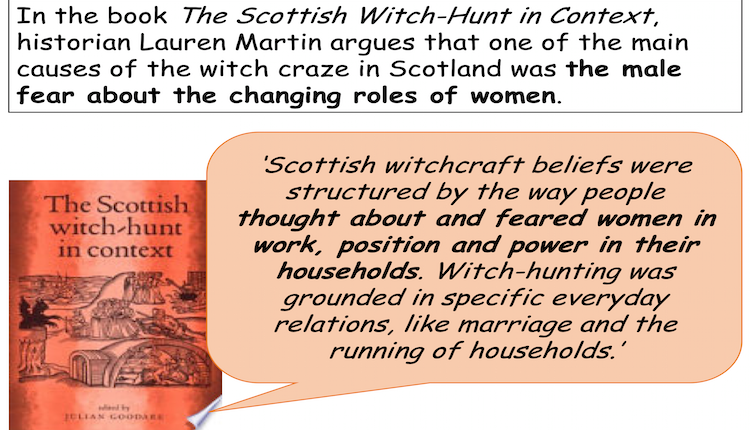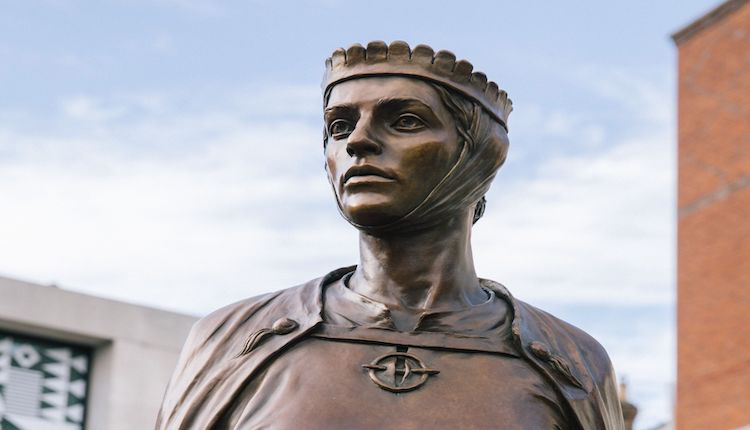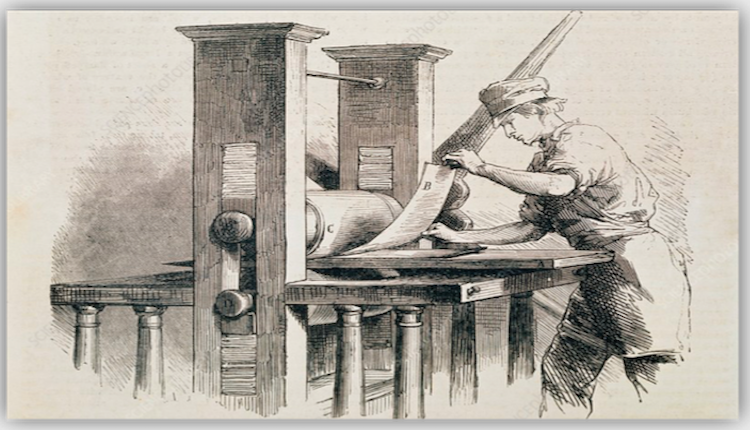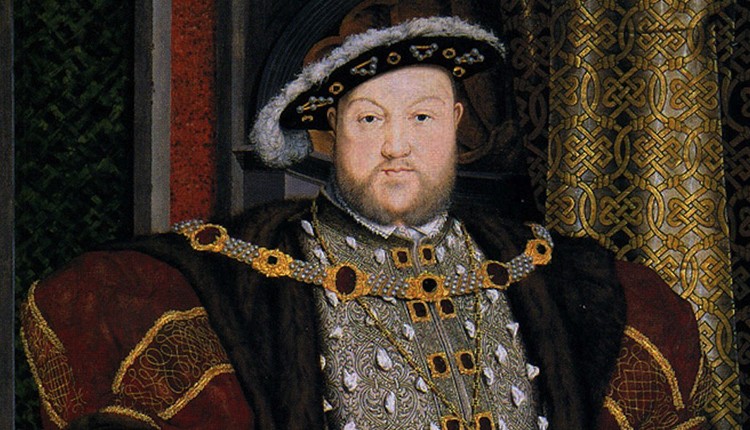 This lesson follows on from the ‘Why was Temperance Lloyd executed in 1682?’ lesson, exploring some of the reasons for the rise in accusations of witchcraft in the 17th century.
This lesson follows on from the ‘Why was Temperance Lloyd executed in 1682?’ lesson, exploring some of the reasons for the rise in accusations of witchcraft in the 17th century.
Here the focus is on the experiences of women in Scotland, because Scotland saw many more witchcraft trials than England (despite the efforts of ‘Witchfinder General’ Matthew Hopkins in Essex!).
Students first learn more about the ways in which witchcraft accusations played out, by listening to an extract from Philippa Gregory’s excellent fictional account in Tidelands. Then, they examine a graph showing the peaks and troughs of witchcraft cases in Scotland during the period 1560-1730.
The rest of the lesson is framed around trying to explain the peaks: why was it that, in certain periods, the numbers of accusations rose? Two card sort activities allow students to trace the changing impact of the monarchy and of social and economic changes. Finally, students bring together their ideas to answer the enquiry question.
Download lesson
- Lesson presentation: PowerPoint
- Lesson write-up: PDF
- Resource 1 and 2: PDF




